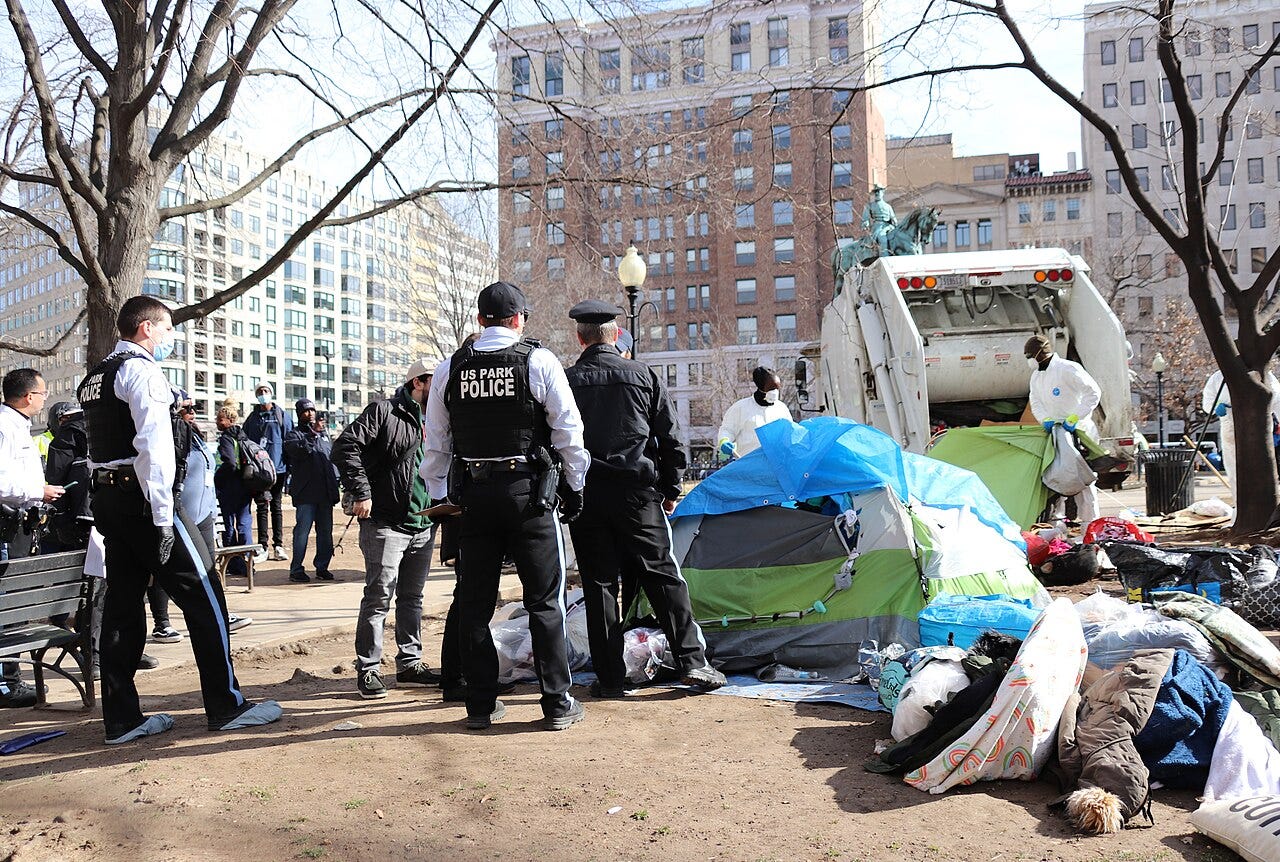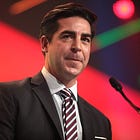
The United States has entered a new phase in its treatment of the unhoused. What once took the form of neglect, inadequate shelter, and criminalization has now escalated into open hostility. Political rhetoric, amplified by national media figures, is frankly violent. The result is not merely words in a broadcast studio, but real violence on the streets, culminating in mass shootings at homeless encampments and a federal crackdown on the very existence of unhoused communities.
On September 10, Fox News host Brian Kilmeade suggested that mentally ill homeless people should be executed. His remark “Just kill ’em” was delivered with the kind of glibness that often masks cruelty as entertainment. He later apologized, but the damage was done. The amplification of violent ideas on television grants legitimacy to the idea that their lives are disposable, and Fox News must face a reckoning for this rhetoric.

Fox News’ Incitement Of Violence After Charlie Kirk’s Assassination Shows The Network's True Nature
The line between rhetoric and reality is thin. For decades, hate speech has functioned as a green light to extremists, signaling who can be targeted without consequence. In this case, the target is a vulnerable population already subject to daily harassment and systemic neglect.
Within five days of Kilmeade’s comments, Minneapolis witnessed two mass shootings at homeless encampments on the same day. The first occurred near a transit station, leaving five people injured. Hours later, another shooting erupted at a private encampment on Lake Street and 28th Avenue South, injuring eight more, four of them critically.
The combined toll, 13 wounded in a single city, in a single day, would ordinarily make national headlines, but these victims were homeless. Their stories slipped beneath the noise of other political scandals and media spectacles, of which there are many to choose from in the USA. For those paying attention, the connection between the words spoken by Brian Kilmeade and the violence inflicted upon the homeless, was as clear as glass.
The aftermath in Minneapolis was as chilling as the shootings themselves. Rather than focusing on the victims or pursuing systemic solutions, city officials used the shootings as a pretext to clear the encampments. The property where one of the shootings occurred was owned by Hamoudi Sabri, a landlord who had allowed the encampment to remain as a stopgap for people with nowhere else to go. After the violence, city officials cited safety concerns, fire hazards, and public health issues as justification for sweeping residents out. In effect, the victims of the shootings were punished twice, once by the bullets, and again by the bulldozers. The city’s response illustrates how violence against the unhoused is not only carried out by individuals with weapons but also by institutions with policies. Rather than treating unhoused people as victims of crime, they are treated as the problem to be removed, all but agreeing with the underlying reasons behind the rhetoric spouted on Fox News.
At the federal level, President Trump has overseen a sweeping crackdown on homeless encampments in Washington, D.C. Under his direction, multi-agency teams have dismantled approximately fifty encampments in recent weeks. Officials frame the effort as law enforcement and public safety. The president himself has presented it as part of a broader campaign to “clean up” the nation’s capital. The crackdown is not paired with shelter or services, as one might expect, the most recent census still shows hundreds of people sleeping outdoors in D.C. Advocates describe the effort as state-sponsored displacement, a policy of scattering unhoused people without addressing the underlying issues of poverty, addiction, or mental health. The reality for many displaced residents is that they are pushed further into the margins, “on the run” from sweeps, as some advocates put it.
When combined with violent rhetoric, these crackdowns form a dangerous cycle. Leaders call unhoused people dangerous or disposable. Media figures amplify the message. Violence occurs, sometimes from individuals with guns, sometimes from the state with bulldozers. Each step reinforces the idea that unhoused people are not full citizens deserving of dignity and protection.
The United States has a long history of violence against marginalized groups following hostile rhetoric. In the Jim Crow South, lynching was justified by politicians and media who depicted Black men as criminals and predators. In the early 20th century, anti-immigrant campaigns often culminated in riots and vigilante violence. The pattern is consistent, the media can dehumanize through language, then the radicalised attack through action.
The rhetoric against unhoused people fits neatly into this pattern. By painting them as dangerous, diseased, or unworthy of life, politicians and pundits set the stage for both vigilante violence and punitive policy.
The question is why. Why, at this moment, is so much political capital being spent targeting the unhoused?
The answer lies in power and distraction. Homelessness is a visible reminder of systemic inequality. It is easier for leaders to criminalize the visible poor than to confront the economic and housing policies that created mass homelessness in the first place.
By focusing public anger on tents in city parks or encampments under bridges, officials redirect blame away from skyrocketing rents, wage stagnation, and gutted social services. The unhoused become scapegoats in a cycle of misdirection, where solving the housing crisis is never the priority.
One of the most dangerous elements of this moment is the muted response. National headlines moved on quickly. Apologies from Kilmeade and others were accepted as if words alone erase consequences, while comedians were dismissed for simply quoting the president.
Silence allows the cycle to continue. Without accountability for rhetoric that incites violence, or for policies that treat unhoused people as disposable, the next tragedy becomes inevitable.
Stopping this trajectory requires a cultural and political shift.
First, violent rhetoric must be called what it is: incitement. When public figures suggest executing the mentally ill homeless, they normalize violence against all unhoused people, it cannot be excused as a slip of the tongue.
Second, policy must shift from criminalization to care. Sweeps and clearances solve nothing; they simply move the crisis from one block to the next. Investment in housing, healthcare, and mental health services remains the only real solution.
Finally, the public must resist the scapegoating narrative. When politicians or pundits tell us to fear the unhoused, they are deflecting from the failures of policy and governance. The true threat to public safety is not the person in a tent but the leaders who would rather see that person disappear than receive help.
Anti-homeless rhetoric in the United States is no longer confined to cable news soundbites or stump speeches. It is manifesting as bullets in Minnesota, as bulldozers in Washington, D.C., and as fear in encampments nationwide. When rhetoric dehumanizes, violence follows.
America is once again walking that path. The question now is whether it has the courage to turn back before more lives are lost.



Hitler did the same the same thing. My guess is phrmp is redir redirecting federal funds to help these people to other priorities like s gold plated oval office and gold plate on his skull.